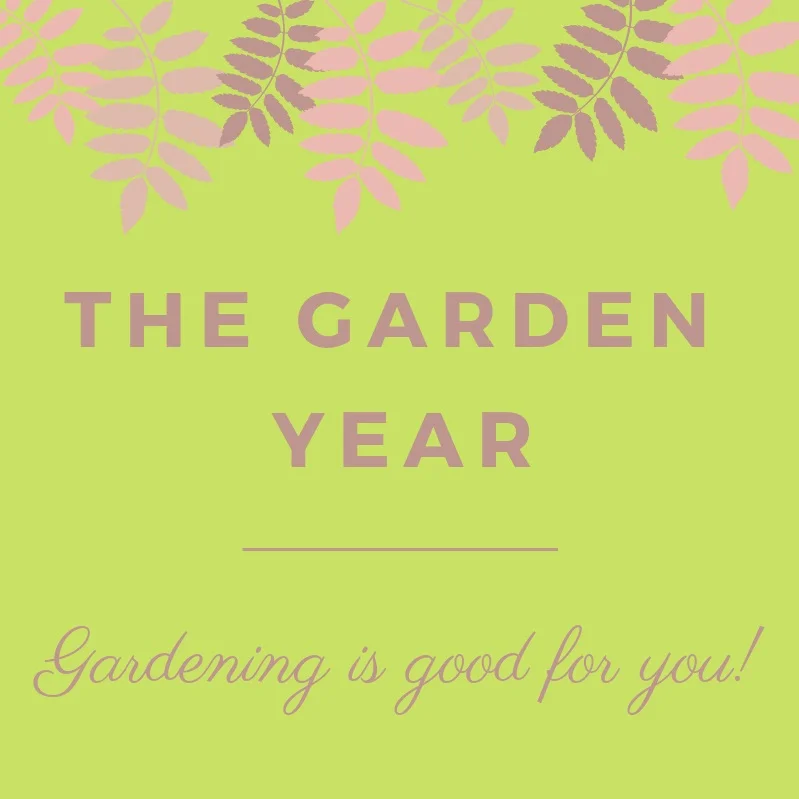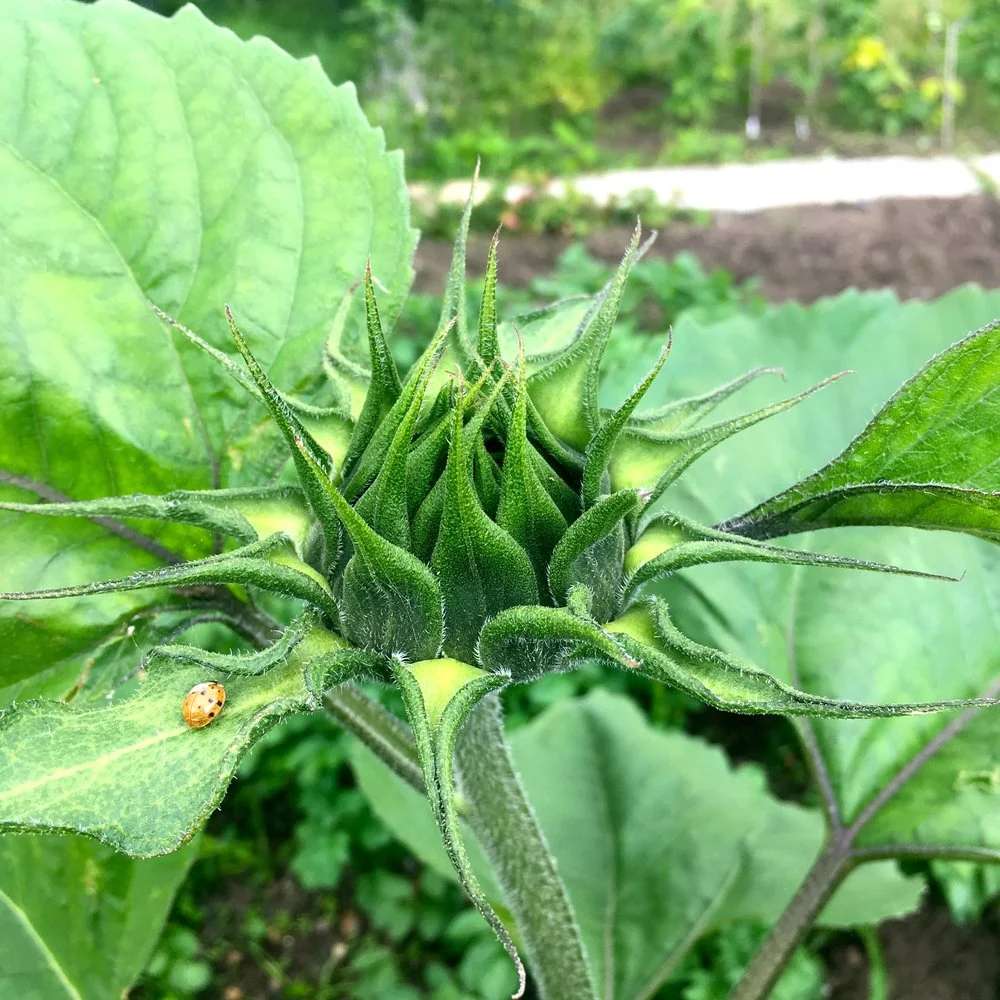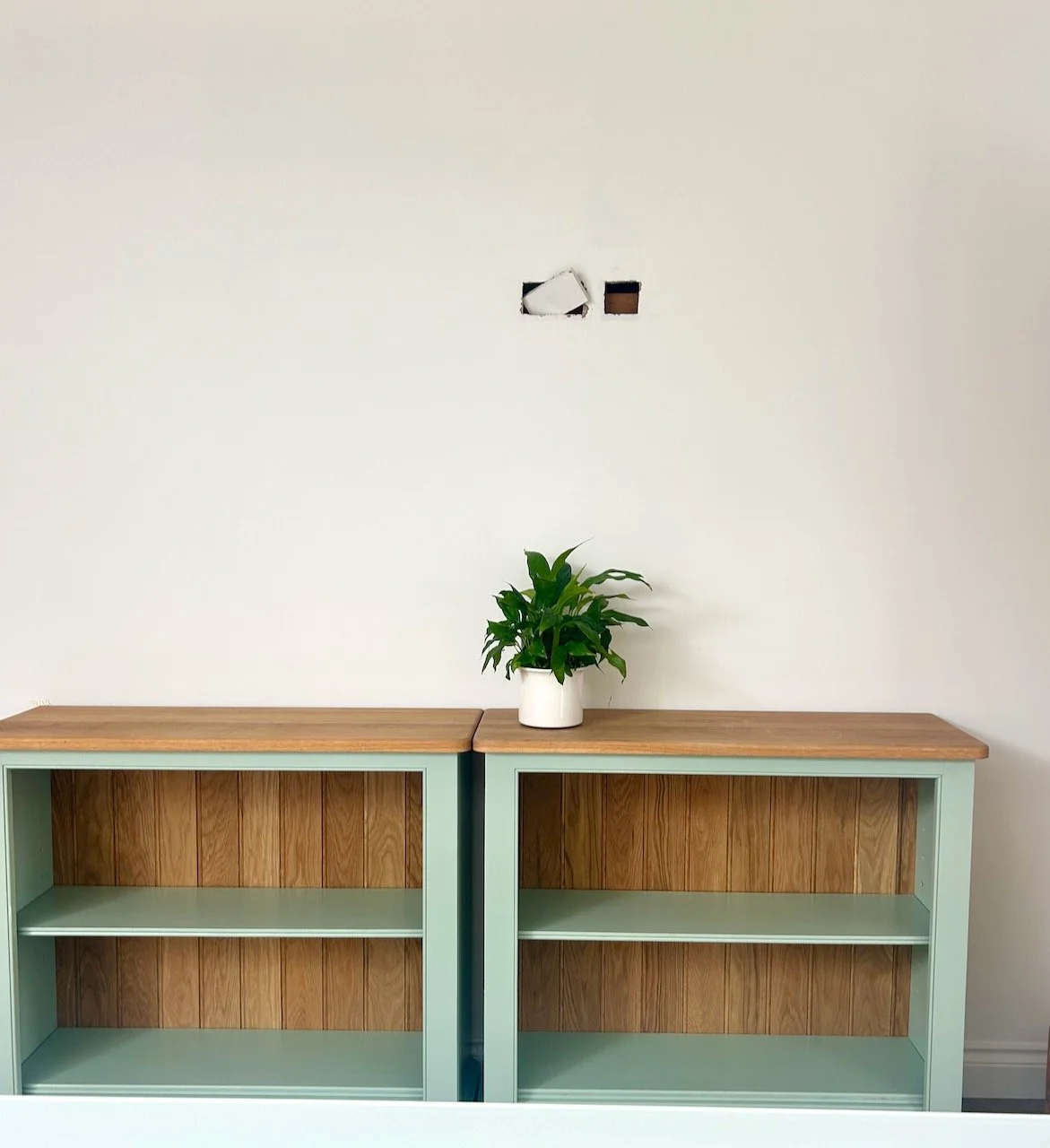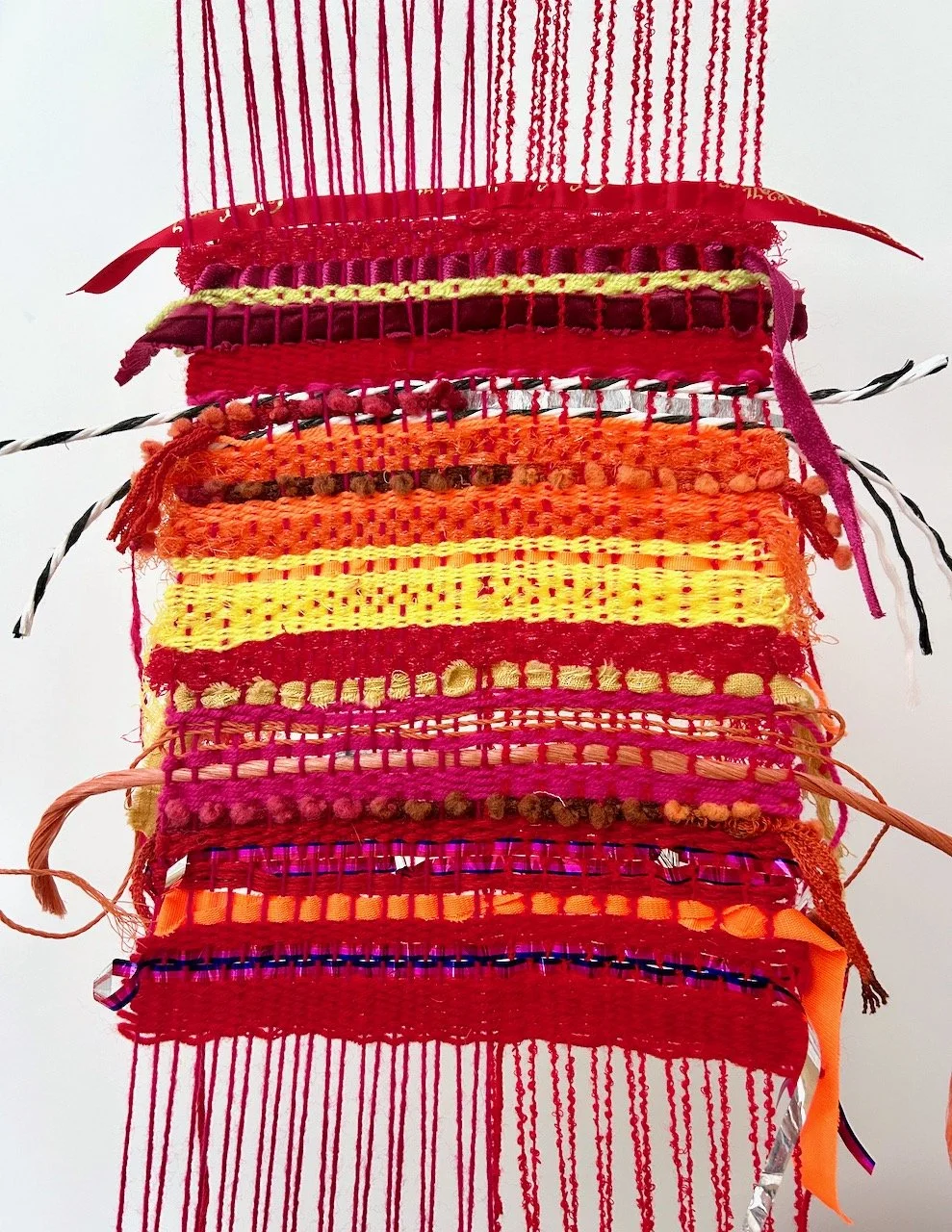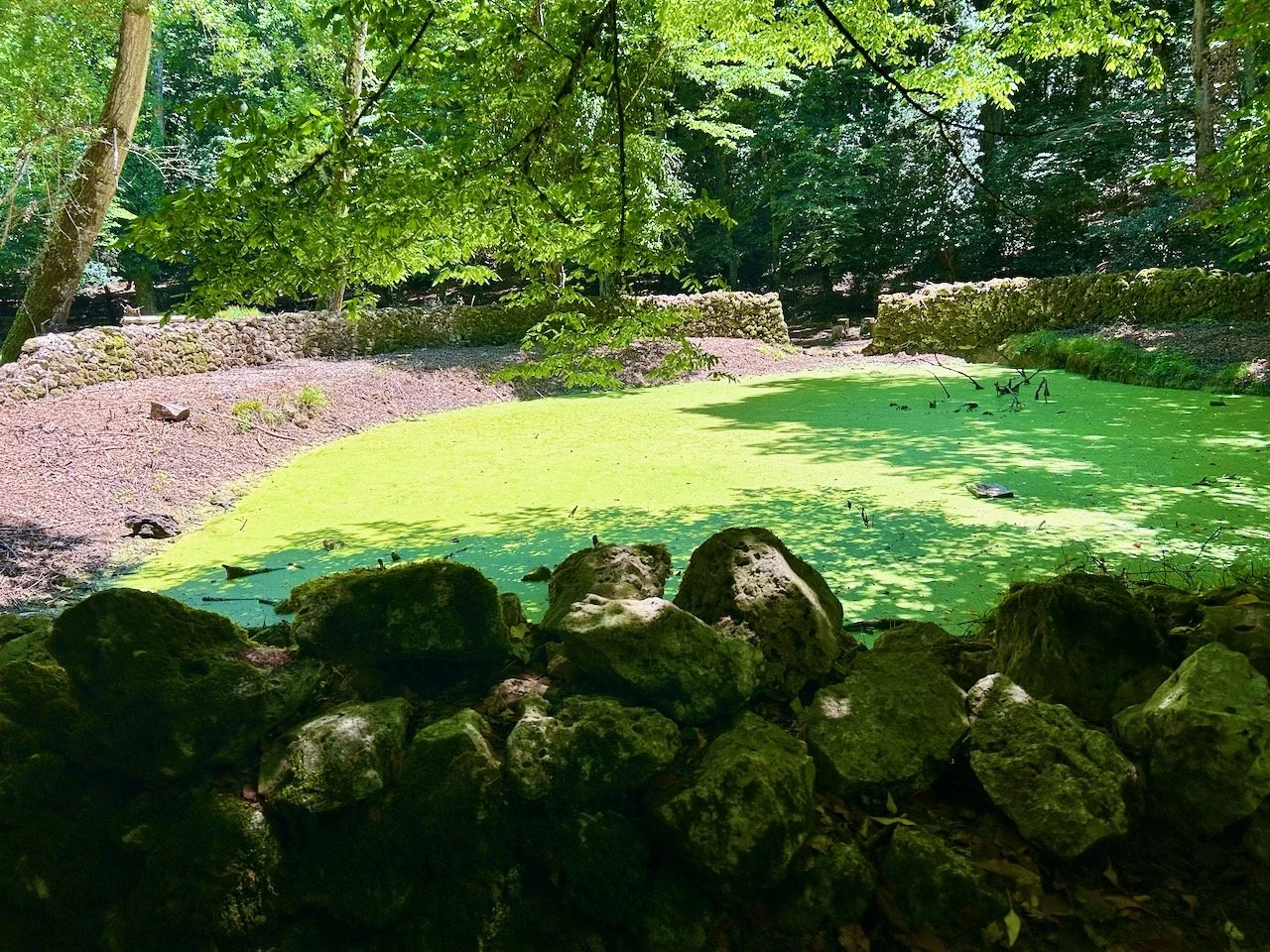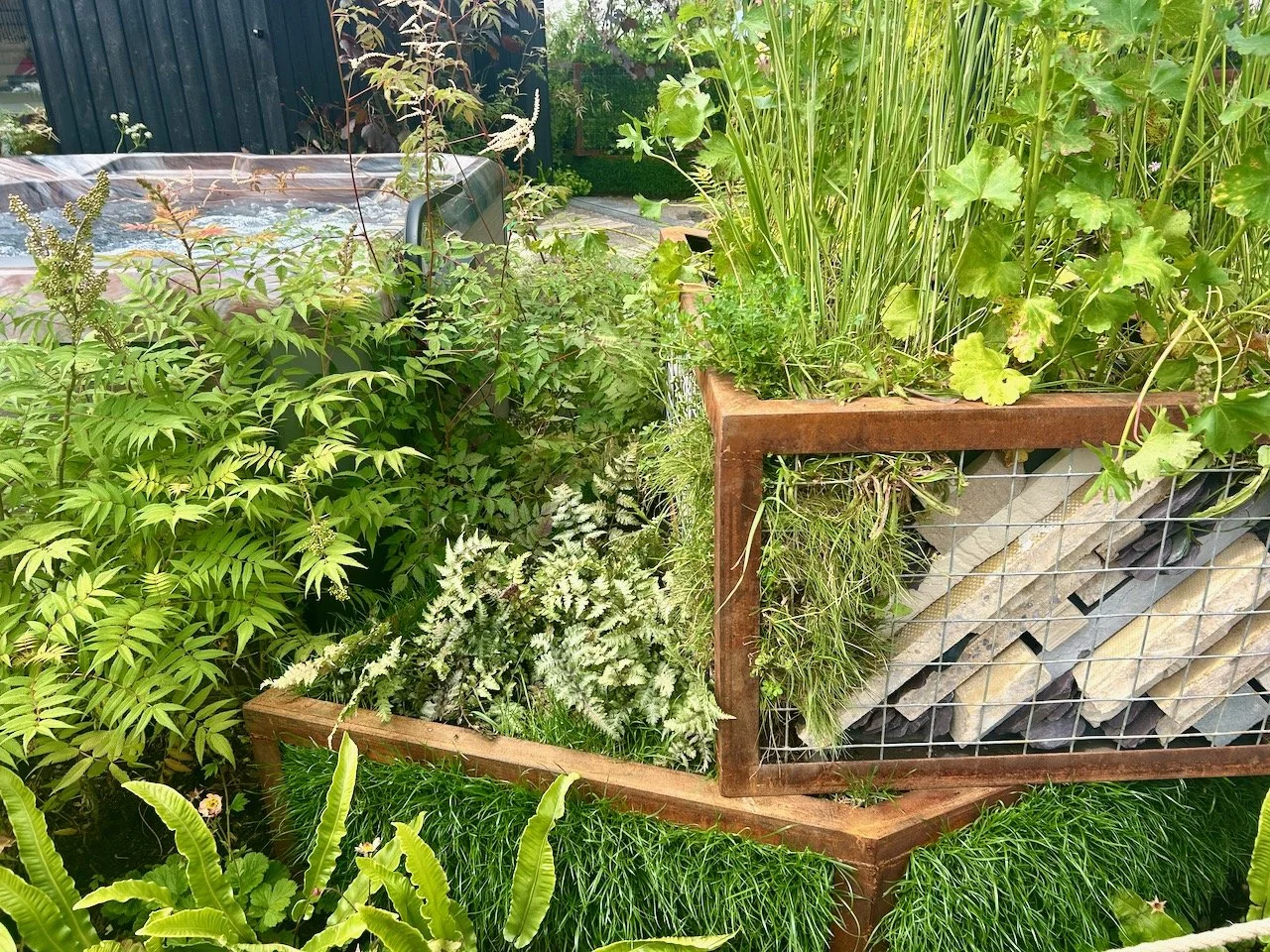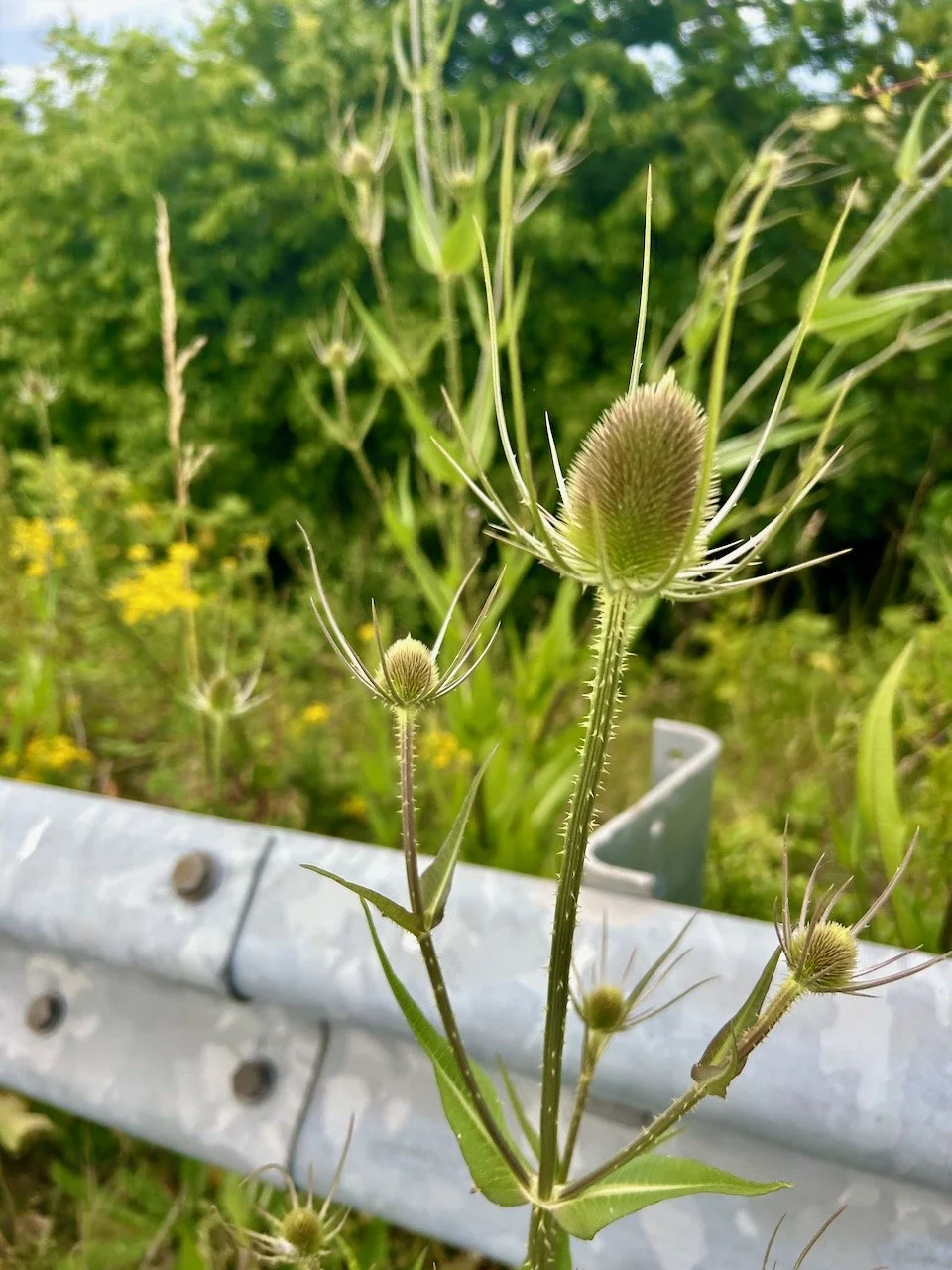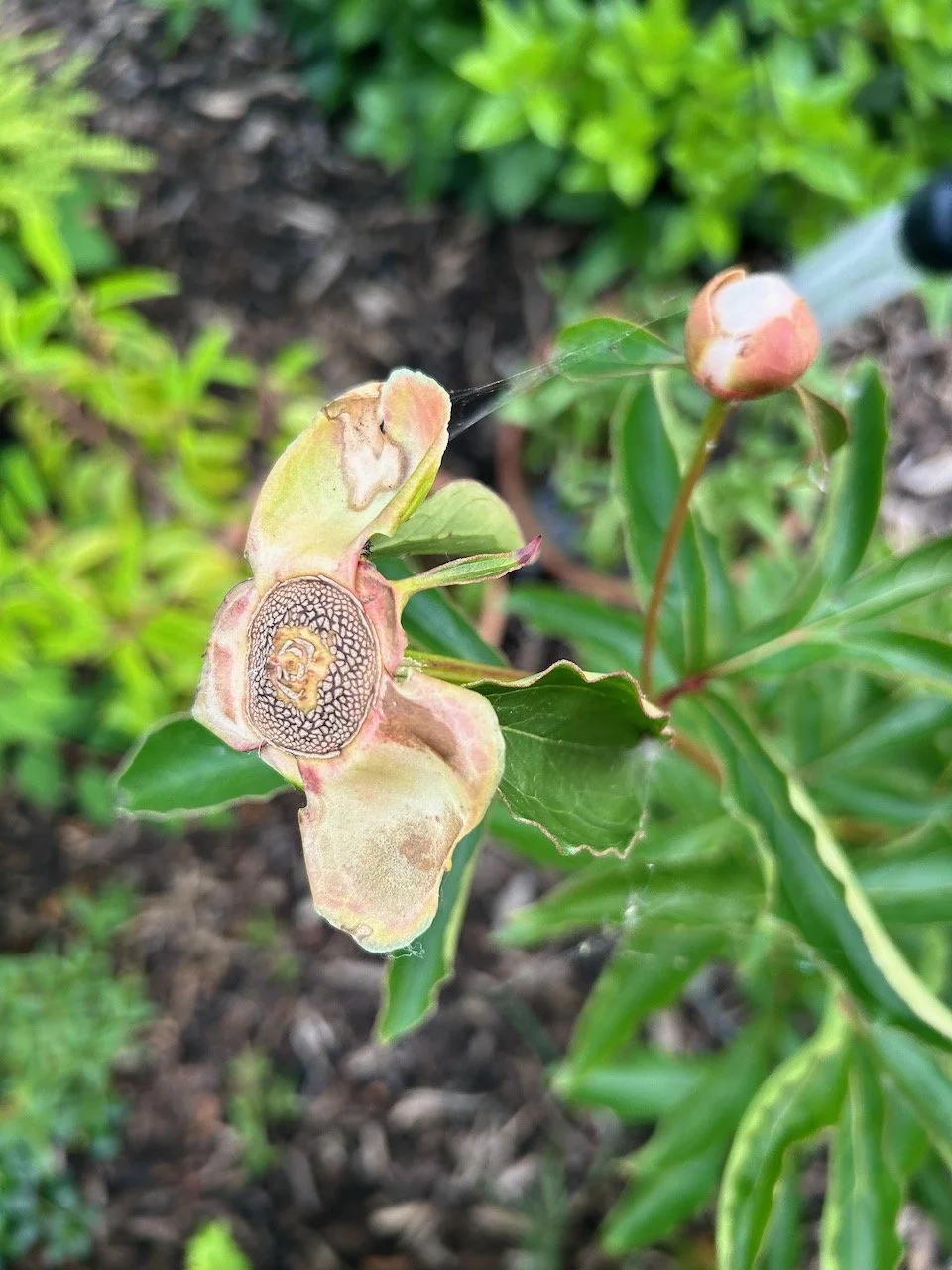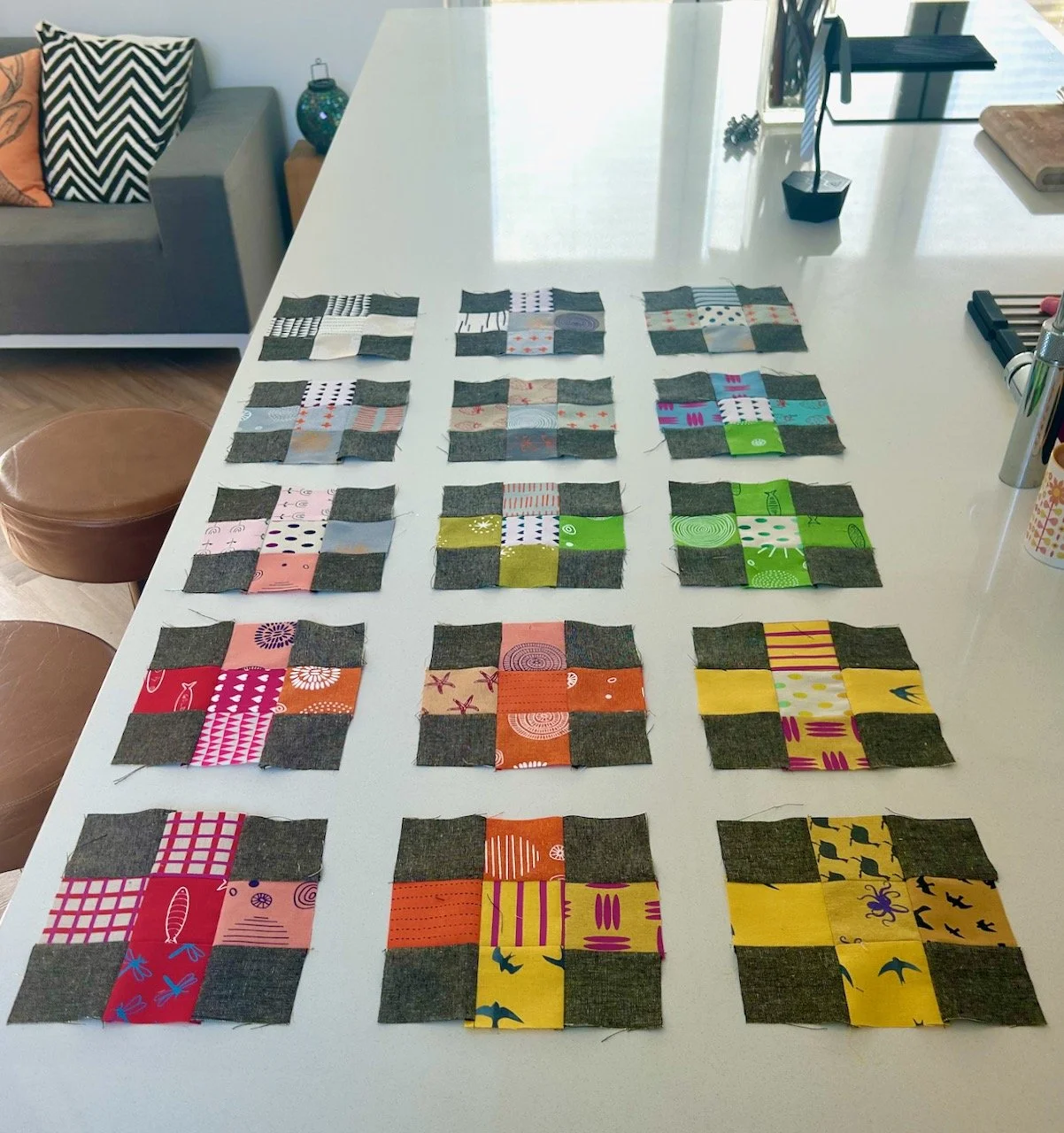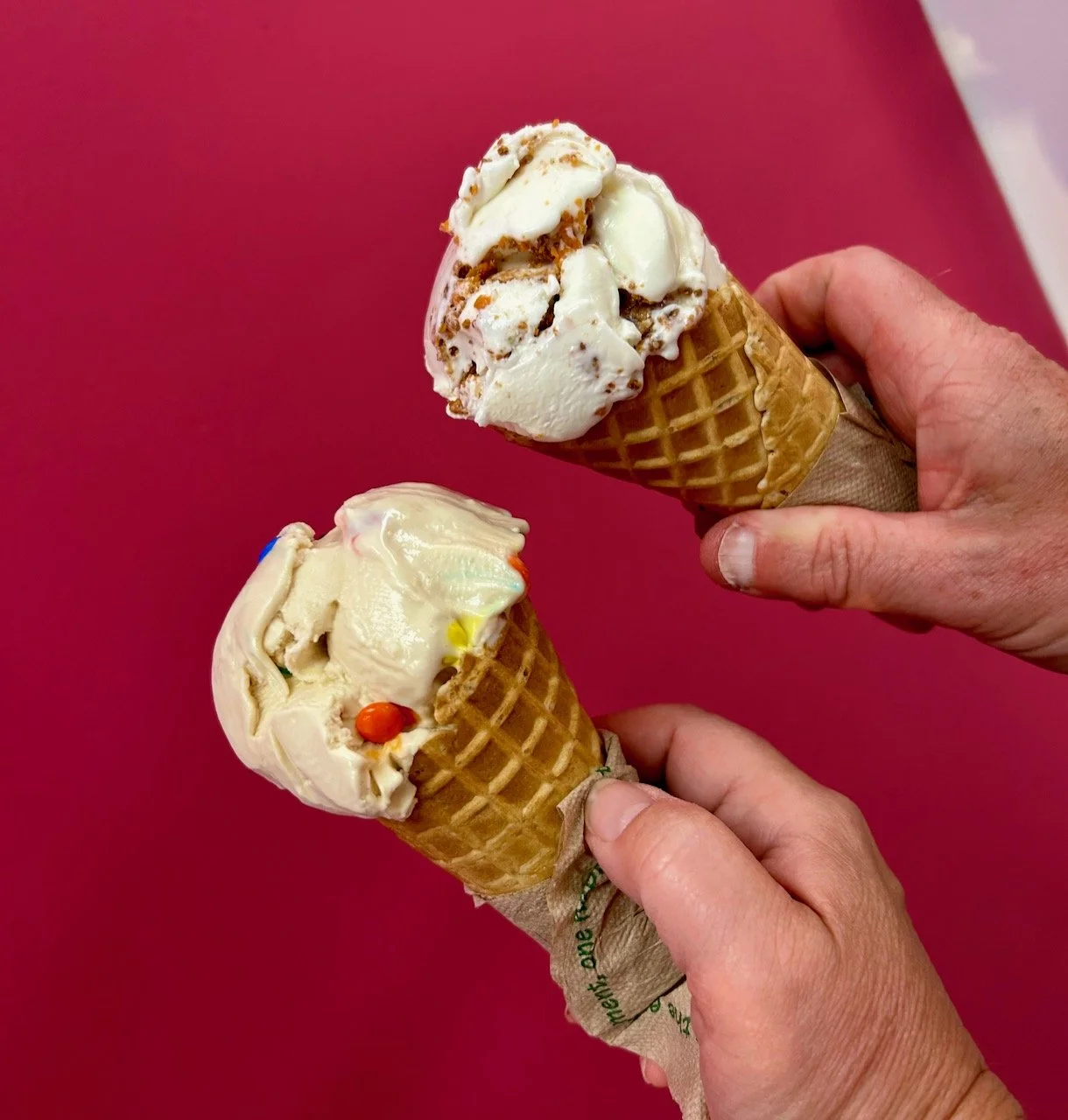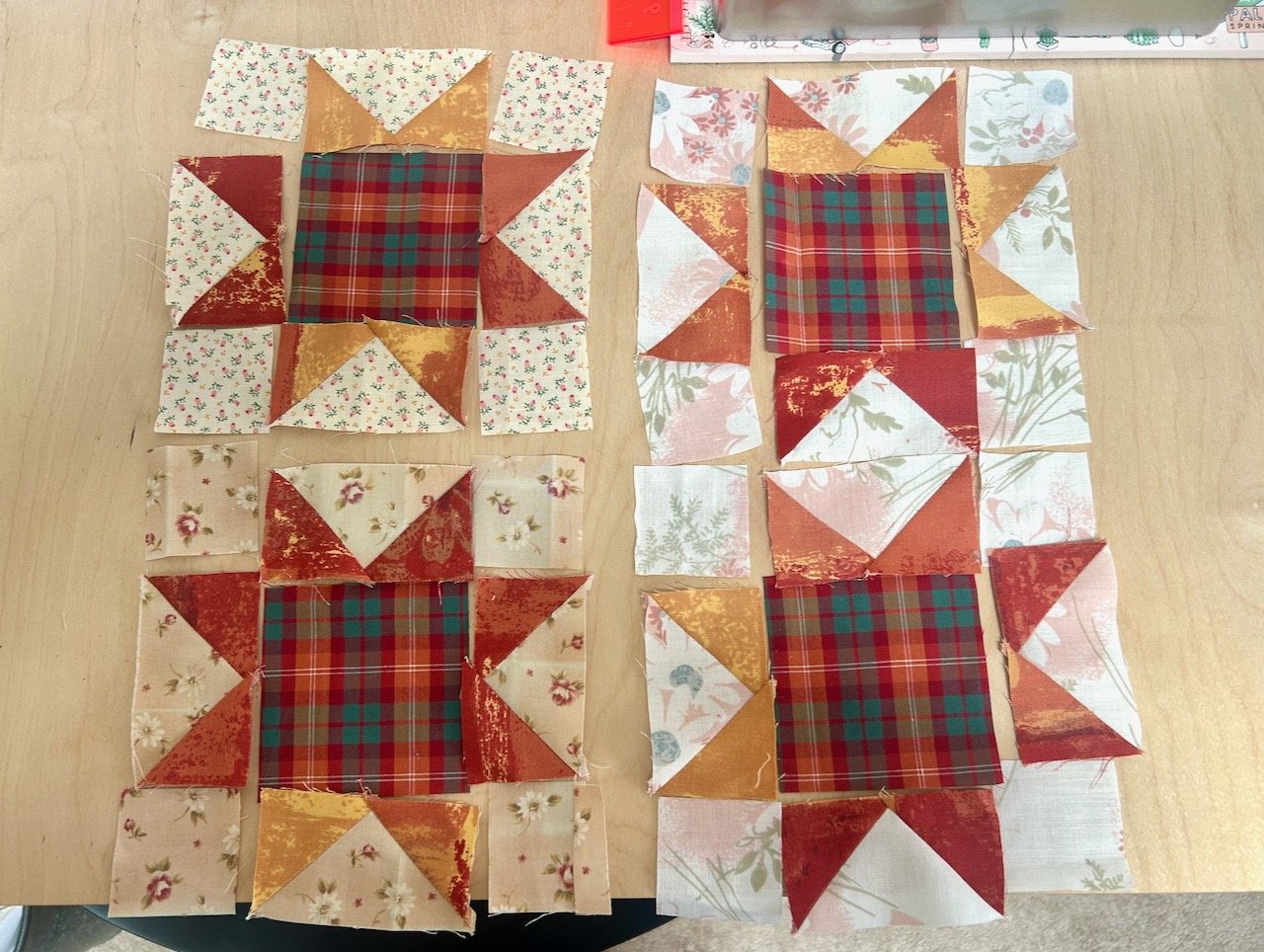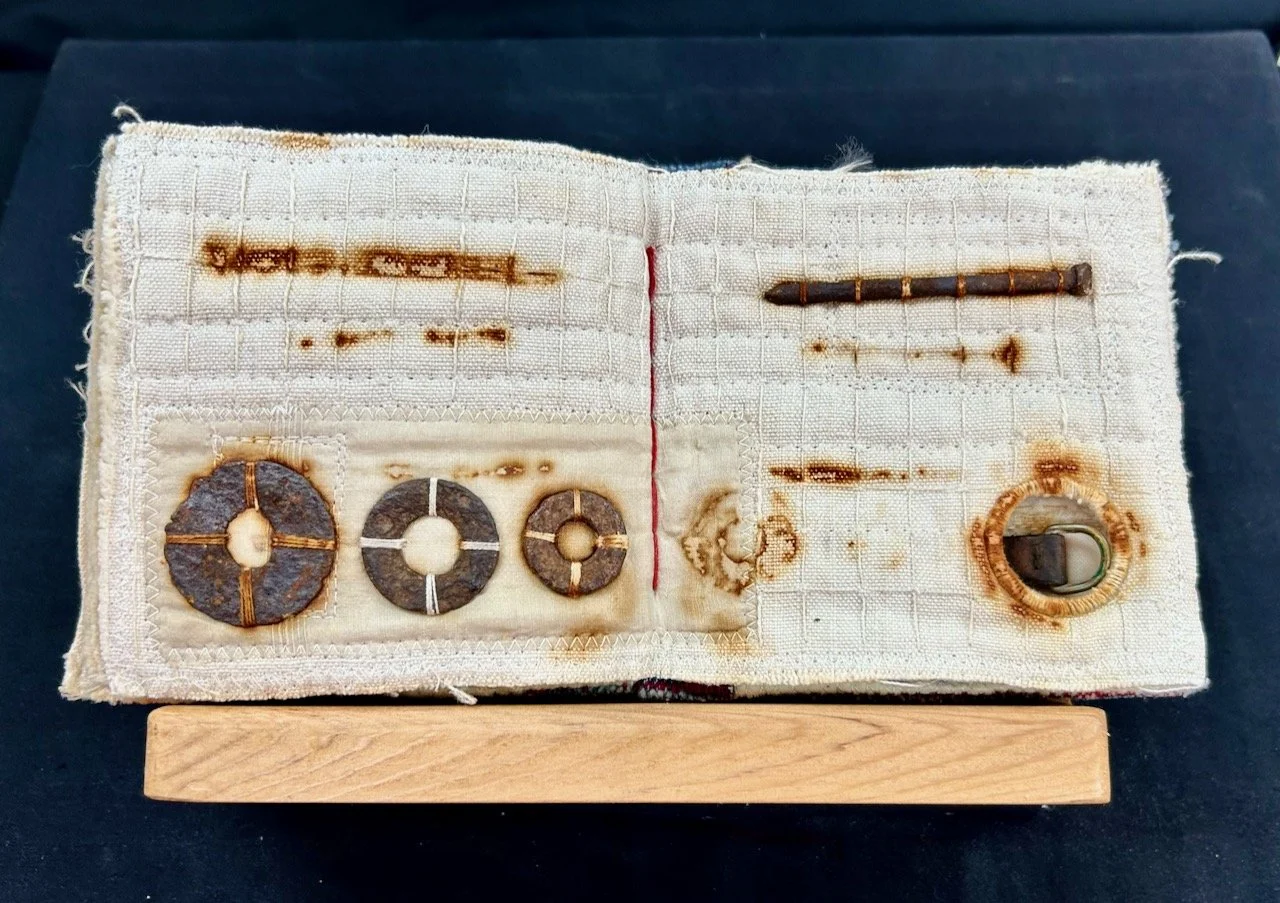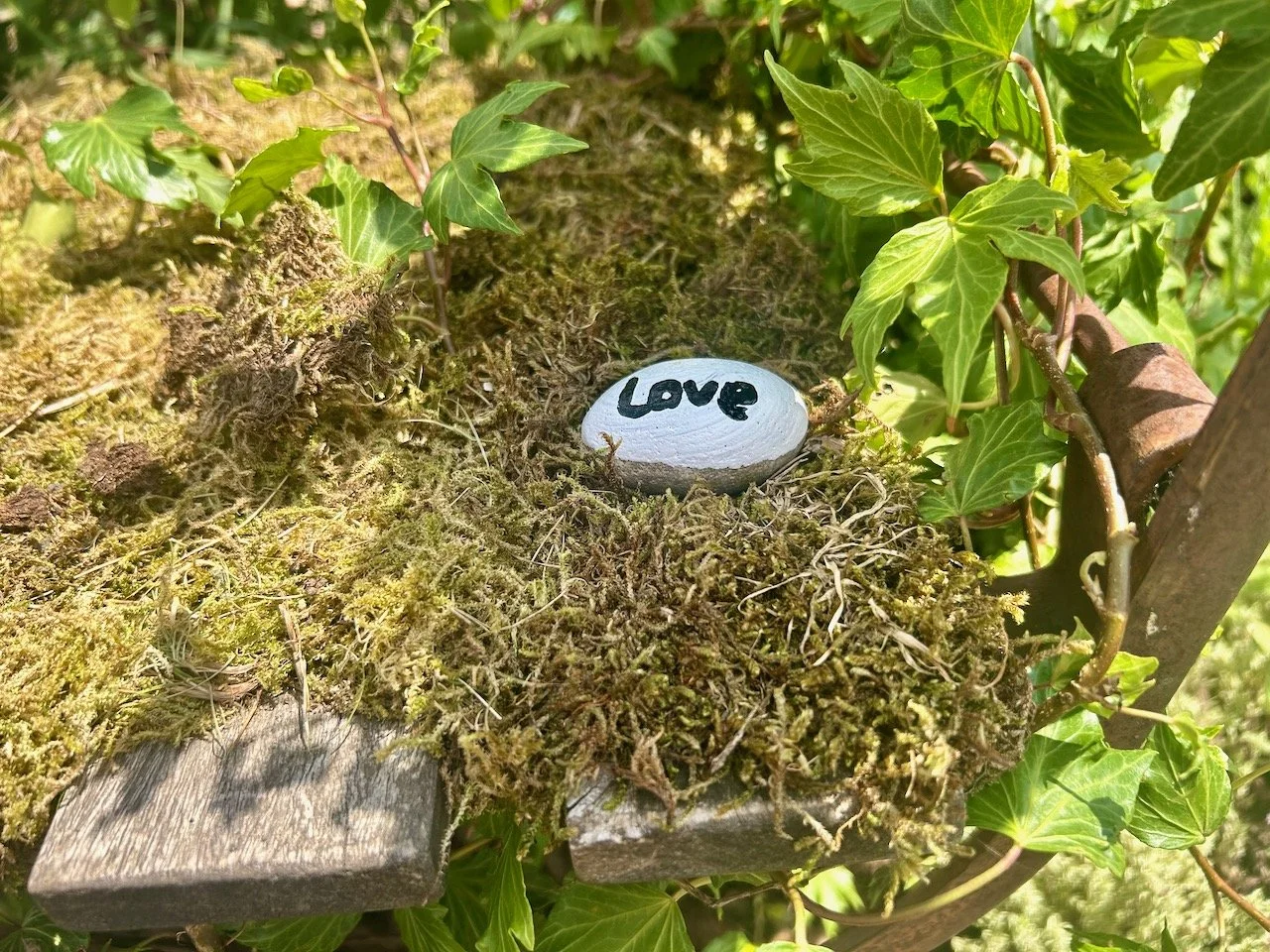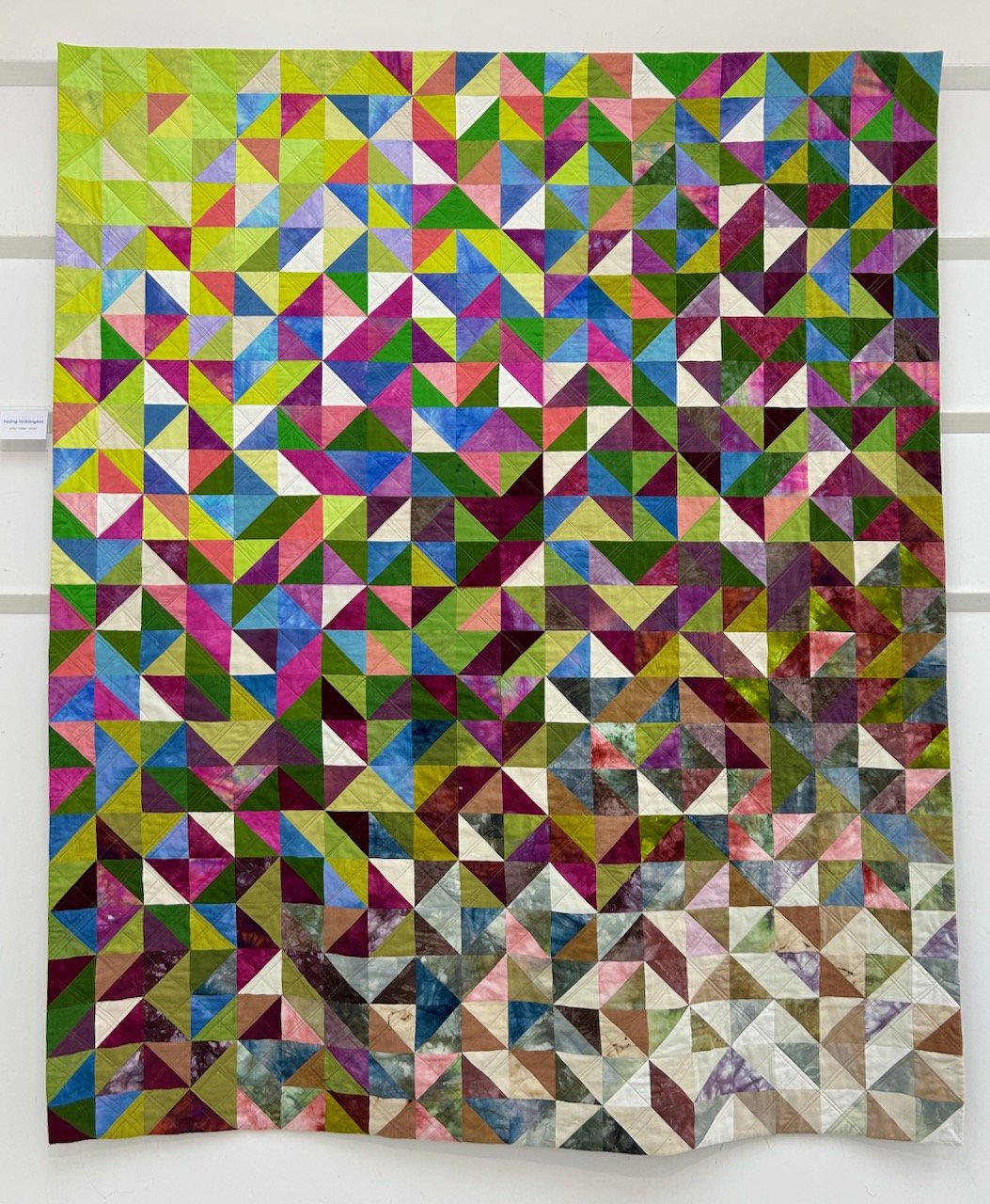For this year’s Garden Year linky I’m continuing to share advice from Songbird Survival about how we can make our gardens the best they can be for birds.
My gardening is still dominated by the ‘green bin collection dates’ - and as I’ve plenty to cut back and tame from our time away earlier in the year, it’s becoming a bit of a challenge. I’ll get there though, and it’s been great to reclaim the view from the window as the new growth is tidied up!
#ThinkBirds
This month, let’s think water - and water worries. Here in the UK we’ve had a drier than usual start to the year and several regions are officially in drought, with many of those introducing hosepipe bans. But it’s not just us and our plants that need water, the birds do too so keep those bird baths topped up in the warmer summer months.
If you don’t have a bird bath, consider putting out a shallow dish for birds to drink from. I use one of those under-pot ‘saucers’ which I place underneath one of the bushes I know the birds visit - it’s amazing how quickly it dries up when the weather is warm, so remember to keep it topped up.
And also allow seed heads to develop on sunflowers as a treat for the birds.
Advice, inspiration and places to visit
RHS advice: jobs to do this month
Gardeners World advice and inspiration
National Trust gardens and parks to visit
English Heritage historic gardens to visit
Leave a link below to share what you’ve been up to in the last month, or add a comment sharing your plans for the upcoming month.
